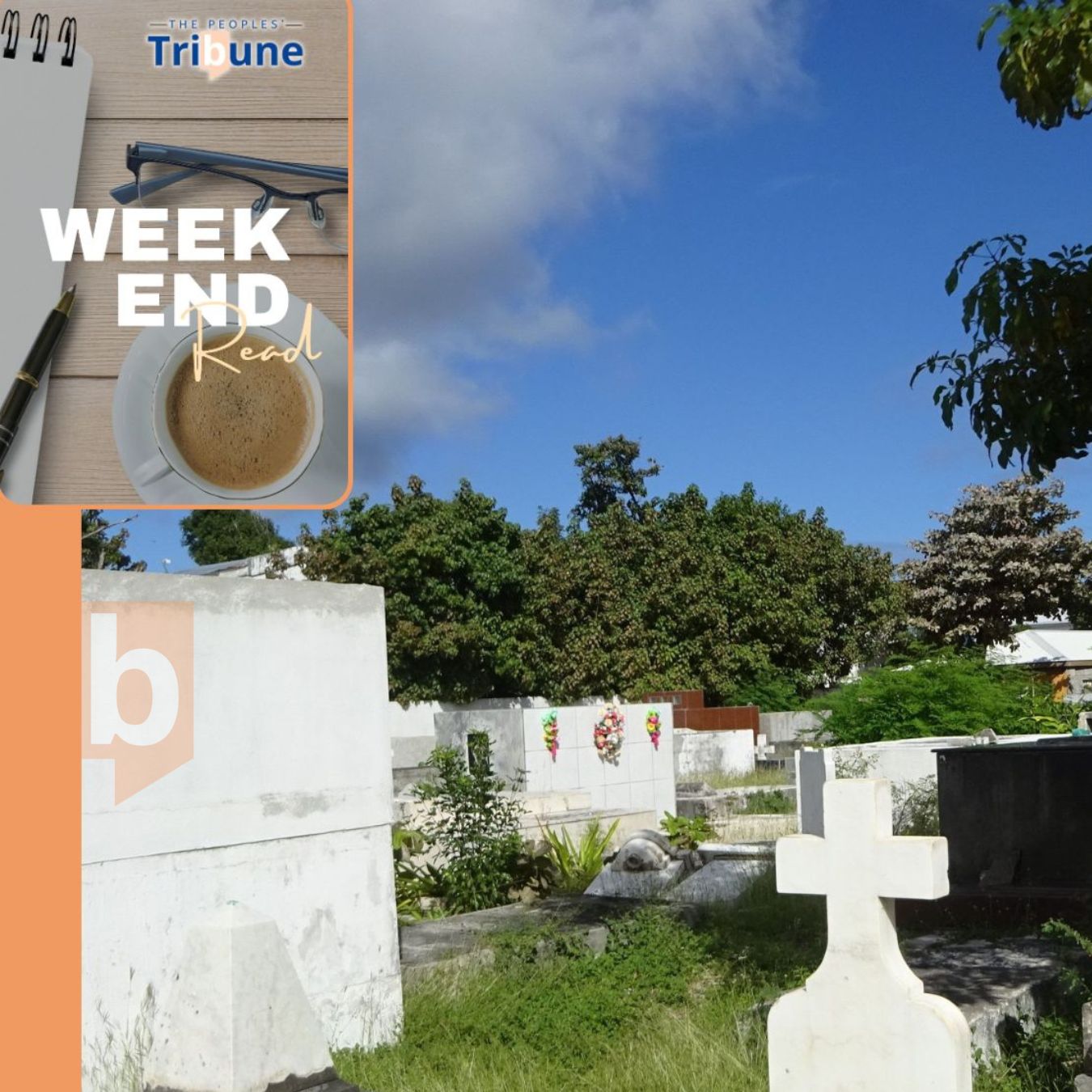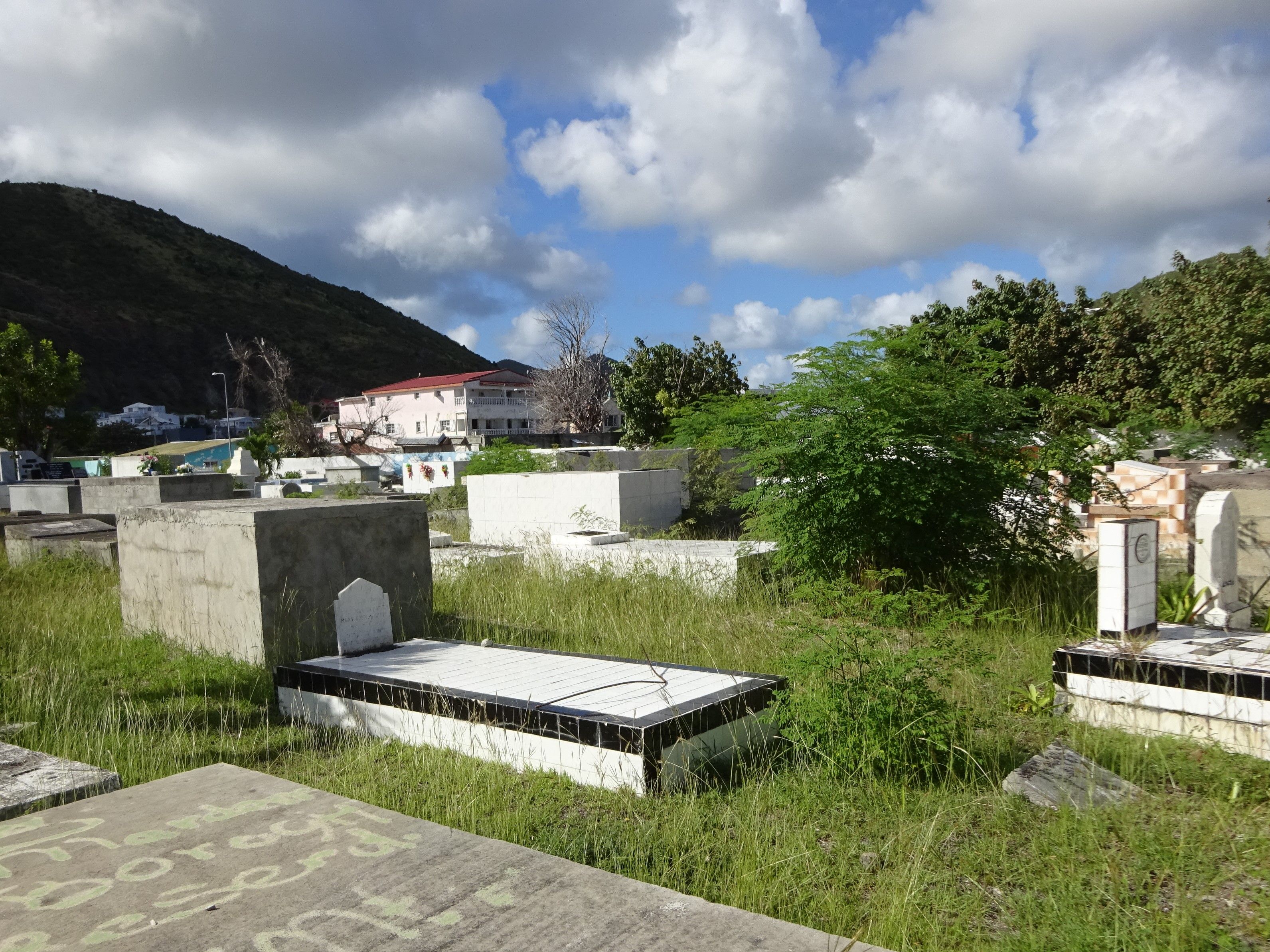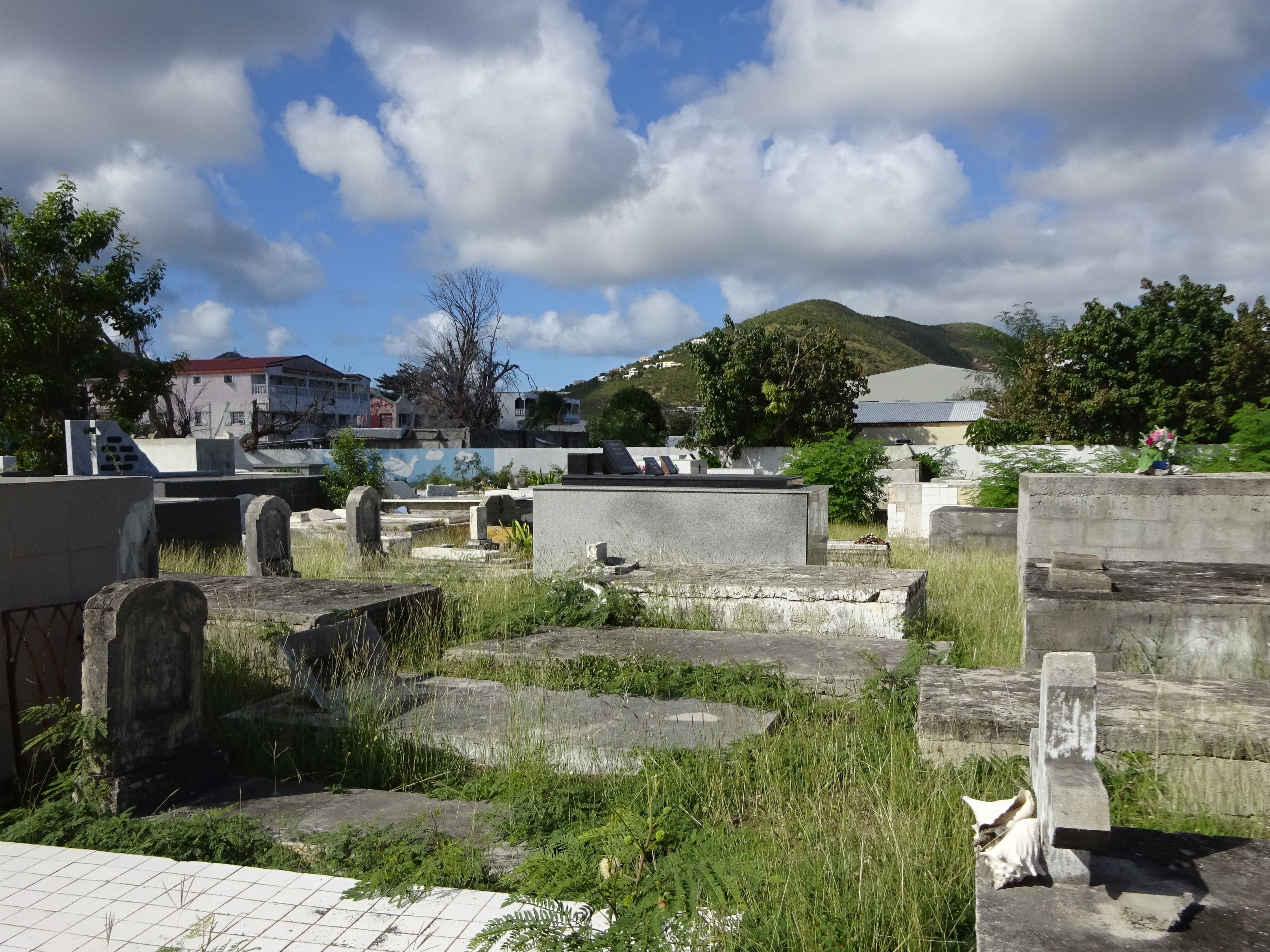Honoring the dead needs a plan, St. Maarten and the region confronting capacity issues

St. Maarten is confronting the same burial-space crunch that other islands have begun to tackle with clearer policies and new options, yet the country has been slower to respond. This week MP Darryl York pressed the issue with the Minister of VROMI, requesting a Parliamentary Question Hour to force an immediate plan of action. Many cemeteries are at or near capacity, erosion threatens Cay Bay, and there is no master plan for maintenance, expansion, or future development.

“This is not a topic many wish to confront, but it is one that requires honest attention and decisive planning,” stated MP York. “Burial is a deeply human matter. It speaks to how a society honors its past while preparing for its future. We owe it to our people to ensure that their final resting place is managed with dignity and foresight.”
Space has always been a quiet measure of island life, and cemeteries make that reality visible. Family plots intersect with new subdivisions, and sea walls advance while the ground behind them rises on memories. On many small islands, the realities of burial has shifted from custom and comfort to logistics and law, and the map is running out of room.
Governments are being forced to treat cemetery policy with the same seriousness they once reserved for schools, roads, and ports. The planning apparatus is catching up, not because it wants to, but because it has to. Jamaica’s national planning framework has begun to call out inadequate burial capacity in several parishes and pushes for clearer standards, better siting, and workable alternatives, which signals a change from ad hoc approvals toward an integrated land use approach. The Cayman Islands have responded more directly at the infrastructure level, adding columbarium niches and planning new cemetery capacity while they weigh how to balance tradition with finite, high-value land. These are not isolated adjustments, they are examples of how policy, culture, and economics are being braided into a new normal.
Cremation sits at the center of that new normal for a practical reason. It reduces the land footprint dramatically and frees municipalities from the rolling costs of perpetual care. Puerto Rico has already seen cremation move from marginal to mainstream within a decade, which reflects a broader shift in attitudes as families weigh cost, convenience, and mobility across the diaspora. In Trinidad and Tobago, cremation has long been a settled practice rooted in community custom and law, which shows that when a rite is culturally anchored, land pressure becomes easier to manage without turning grief into a planning dispute. These examples do not erase resistance elsewhere, but they show how norms evolve when the lived advantages are clear.
Pricing and incentives are doing quiet work in the background in other places. Burial involves plots, vaults, liners, concrete, transport, materials, and long-term maintenance, all of which rise with inflation and construction costs. Cremation involves a single event and a smaller set of services, which makes it easier for households to plan and for governments to forecast. Municipalities that subsidize columbarium niches, fast-track ash interments, or allow small family memorials on public land create a glide path for families who want dignity without debt. Cayman’s investment in niches, coupled with clear rules and predictable fees, is a simple example of how a government can widen options without lecturing anyone about tradition.

There are also new ways of thinking about memorial space. Ash scatter gardens, reef memorials, and pocket columbaria tucked into existing cemeteries can add capacity without expanding the boundary line. Churches can host collective remembrance walls that accept small plaques associated with ash interments elsewhere, which keeps the community touchpoint even as remains travel. Where land allows, compact natural burial grounds that use shallow, biodegradable interments without vaults can create capacity while meeting environmental standards, but only if regulators fix the rules and train funeral directors to manage them. Jamaica’s push for clearer standards offers a template for that kind of rulemaking, because families and operators need certainty before they change long-held practices.
Public communication matters as much as policy because people do not make decisions about death care with spreadsheets, they make them with stories and trust. When officials explain that a well-run cremation and columbarium program keeps cemeteries open for those who still choose burial, and when they show dignified examples rather than jargon, uptake follows. When priests, funeral homes, and local leaders present the options together, families stop hearing change as a threat and start hearing it as relief. Puerto Rico’s experience suggests that once early adopters share smooth experiences, others follow, while Trinidad and Tobago’s long acceptance of cremation shows how religious leadership and legal clarity remove the fear of doing something wrong.
Cemeteries need accurate administration, digitized records, simple online bookings, reliable maintenance schedules, and fee structures that are transparent. Inspections should focus on safety, drainage, and respectful presentation rather than paperwork for its own sake. If you ask families to accept new realities, government must demonstrate that existing grounds are cared for with consistency. People do not deserve the emotional damage that follows photos of overgrown graves, toppled headstones, or flooded graves, and the standard should be simple: if the public pays once, the public should not have to pay again to see basic dignity upheld.
Islands will still honor their dead with place and ritual, only the footprint will change. If the work is done with care, families will find that love needs less ground than they once thought, and cemeteries will be given room to breathe again.

